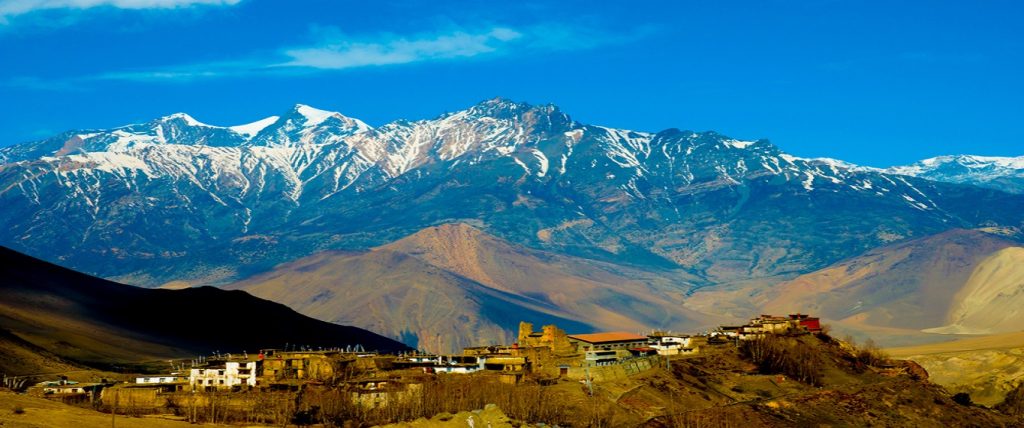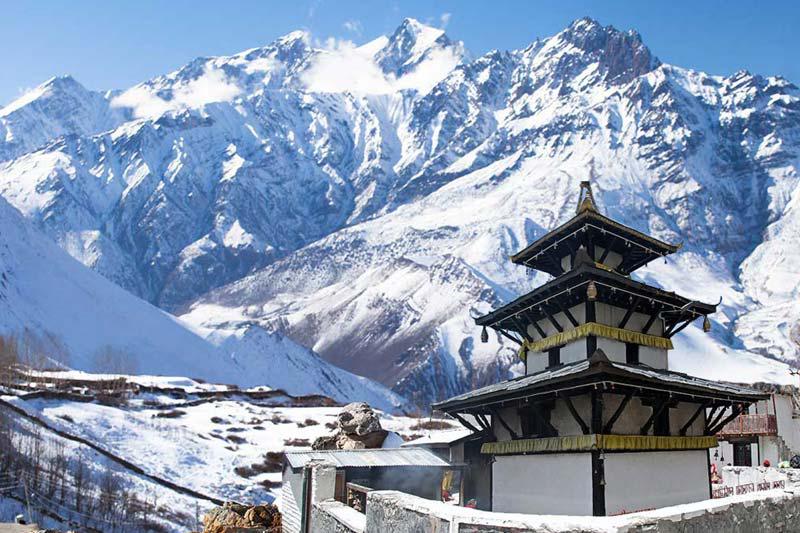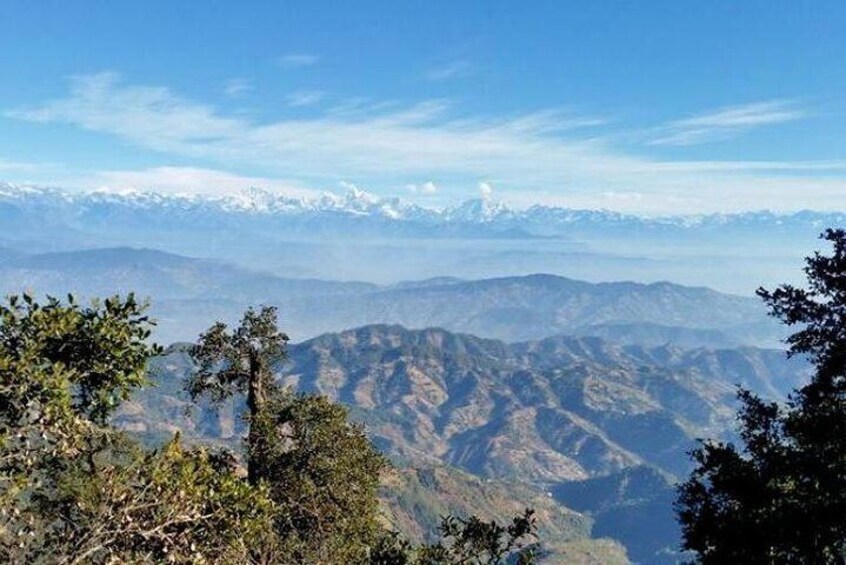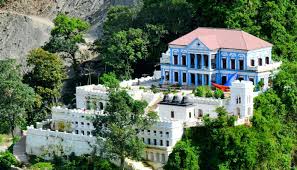Muktinath, a sacred pilgrimage site nestled in the Mustang district of Nepal, is a spiritual and natural treasure revered by both Hindus and Buddhists. Situated at an altitude of approximately 3,710 meters in the Himalayas, Muktinath attracts thousands of devotees and travelers each year. Known as the “place of liberation,” it is not only a religious site but also a destination of great cultural, historical, and natural significance. Below is an exploration of its religious importance, geographical beauty, historical background, and the overall experience it offers.
Religious Significance
Hinduism
For Hindus, Muktinath holds immense religious importance as it is considered one of the 108 Divya Desams, sacred shrines dedicated to Lord Vishnu. The temple is locally known as “Mukti Kshetra,” or the “place of liberation,” symbolizing salvation and freedom from the cycle of birth and rebirth (moksha).
The main deity of the temple is a golden idol of Lord Vishnu, called Sri Muktinath or Narayan. The temple complex also includes 108 water spouts shaped like bulls’ heads, known as “Muktidhara.” Devotees take a ritual bath under these spouts, believing it purifies the body and soul. Additionally, two small ponds in the temple courtyard, called “Mukti Kunds,” are considered holy and are integral to the cleansing rituals.
Buddhism
Muktinath is equally significant for Buddhists, particularly followers of Tibetan Buddhism. Known to them as “Chumig Gyatsa,” meaning “Hundred Waters,” it is regarded as a place blessed by Guru Rinpoche (Padmasambhava), the founder of Tibetan Buddhism. The natural flame that burns continuously near the temple is venerated as a symbol of eternal life and the unity of earth, water, fire, and air.
Buddhists consider Muktinath to be one of the 24 Tantric places where Dakinis reside. The site also houses a monastery near the temple that reflects the integration of Hindu and Buddhist traditions.
Geographical and Natural Beauty
Muktinath is located in the trans-Himalayan region, offering breathtaking views of the Annapurna and Dhaulagiri mountain ranges. Its rugged terrain, sparse vegetation, and proximity to the Kali Gandaki River create a serene and otherworldly atmosphere. The region’s natural diversity ranges from lush forests at lower altitudes to arid landscapes in the higher elevations, making the journey to Muktinath as memorable as the destination itself.
One of the remarkable features of the area is the fossilized ammonites, known as “Shaligrams,” found in the Kali Gandaki River. These fossils are considered sacred manifestations of Lord Vishnu and are highly sought after by pilgrims and collectors.
Historical and Cultural Background
Muktinath has a rich history that intertwines the cultural and religious traditions of Nepal, India, and Tibet. The temple’s exact origins remain unclear, but references to Muktinath can be found in ancient Hindu scriptures such as the Vishnu Purana. The site gained prominence as a pilgrimage destination during the medieval period when traders and travelers used the nearby trade route connecting India and Tibet.
The blending of Hindu and Buddhist elements at Muktinath reflects the harmony and coexistence of these two religions in Nepal. The site’s architecture, rituals, and festivals showcase this unique cultural synthesis.
Journey to Muktinath
The journey to Muktinath is an adventure in itself. Pilgrims and travelers can choose various routes to reach the site, each offering its own challenges and rewards:
- By Air: The quickest way to Muktinath is by flying from Pokhara to Jomsom, followed by a short drive and trek.
- By Road: Travelers can opt for a scenic drive from Pokhara to Jomsom via Beni, enjoying views of rivers, hills, and mountains.
- By Trekking: The Annapurna Circuit Trek is a popular option for those seeking a challenging and immersive experience. The trek takes visitors through diverse landscapes, including forests, waterfalls, and mountain passes.
The journey’s physical and spiritual aspects enhance the significance of the pilgrimage, as visitors often describe a sense of accomplishment and inner peace upon reaching Muktinath.

Festivals and Events
Several festivals celebrated at Muktinath add vibrancy and joy to the sacred site. During the Hindu festival of Janai Purnima, thousands of pilgrims visit to perform rituals and renew their sacred threads. Similarly, the Tibetan New Year (Losar) is celebrated with prayers, dances, and offerings, attracting Buddhist devotees.
These festivals are an excellent opportunity to witness the unique cultural and religious practices of the region.
Modern Developments
Despite its remote location, Muktinath has seen significant developments in recent years. Improved road connectivity, better accommodation options, and the establishment of health and emergency facilities have made it more accessible to pilgrims and tourists. However, efforts are being made to balance development with the preservation of the site’s natural and cultural heritage.
Environmental and Ethical Considerations
As Muktinath gains popularity, it faces challenges related to environmental conservation and sustainable tourism. Visitors are encouraged to respect local customs, minimize waste, and support eco-friendly practices. The local community plays a crucial role in maintaining the site, and their involvement in tourism ensures that benefits are shared equitably.
Conclusion
Muktinath is a place where spirituality, nature, and culture converge, offering a transformative experience to all who visit. Whether you come seeking religious blessings, peace amidst the mountains, or the thrill of an adventurous journey, Muktinath provides an unforgettable encounter with the sacred and sublime. Its enduring appeal lies in its ability to inspire faith, awe, and reverence across generations and cultures.




